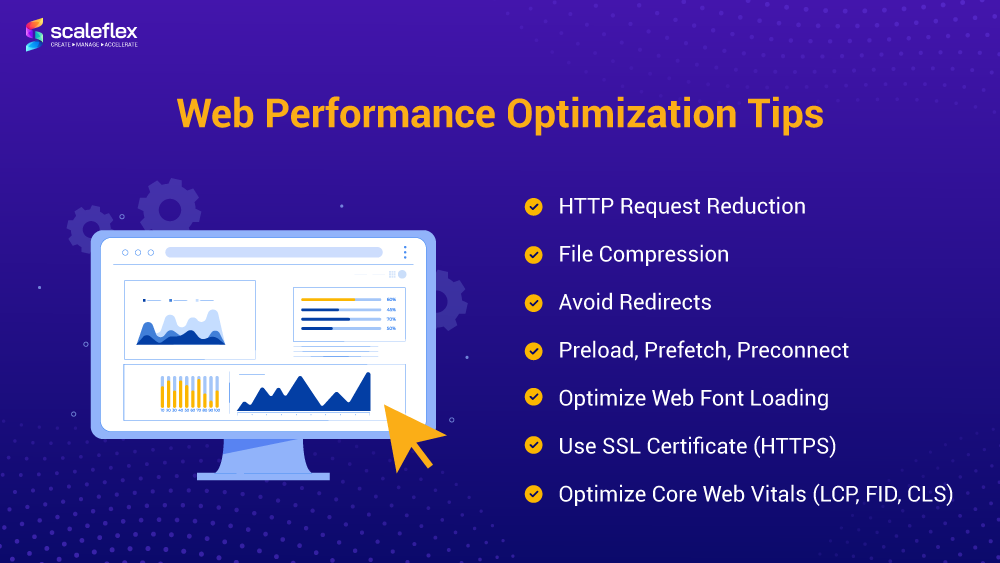Blitz News Digest
Stay updated with the latest trends and insights.
Speeding Through the Web: Rev Up Your Site's Performance
Boost your site’s speed and skyrocket performance! Discover essential tips to optimize your web experience and leave your competitors in the dust.
Top 10 Tips to Optimize Your Website for Lightning-Fast Load Times
In today's digital landscape, a slow-loading website can significantly impact user experience and SEO rankings. To ensure your site is optimized for lightning-fast load times, start by leveraging browser caching. This allows users to store static files like images and stylesheets on their devices, reducing load times for repeat visits. Another crucial tip is to minimize HTTP requests by combining files, such as CSS and JavaScript, to limit the number of elements that need to be loaded on a page.
Furthermore, optimizing images is essential; use formats like WebP for better compression without losing quality. Compressing files using Gzip can also greatly enhance your site's performance. Additionally, consider using a Content Delivery Network (CDN) to distribute content globally, allowing users to access it from a server closer to their location. By implementing these strategies, your website will not only load faster but will also provide a superior experience for your visitors.

How Page Speed Affects User Experience and SEO: What You Need to Know
Page speed is a crucial factor that significantly impacts both user experience and search engine optimization (SEO). In today's fast-paced digital landscape, users expect websites to load quickly, with studies showing that even a one-second delay can lead to a decrease in user satisfaction and engagement. A slow-loading page can frustrate visitors, causing them to abandon the site and seek alternatives. This not only affects your site's traffic but can also lead to a higher bounce rate, which search engines interpret as a signal of poor user experience. As a result, a website that prioritizes fast loading times can effectively improve customer retention and satisfaction.
Moreover, search engines like Google consider page speed as one of the critical ranking factors in their algorithms. A faster website is more likely to rank higher in search results, thereby increasing organic traffic. Google has implemented initiatives like Core Web Vitals, emphasizing loading performance, interactivity, and visual stability. To optimize your page speed, consider techniques such as compressing images, minimizing code, and leveraging browser caching. Implementing these strategies not only enhances user experience but also strengthens your site's SEO performance, leading to better visibility and ultimately higher conversion rates.
Is Your Website Slowing You Down? Common Performance Pitfalls and Solutions
In today's fast-paced digital world, a slow website can be detrimental to user experience and search engine rankings. Many website owners are often unaware of the common performance pitfalls that can hinder their site's speed. These pitfalls include large image files, excessive use of plugins, and high server response times. To address these issues, consider optimizing your images for the web by compressing them without sacrificing quality, minimizing the number of plugins you use, and upgrading your hosting plan to ensure better server performance.
Another critical aspect to consider is the importance of regularly monitoring your website's performance. Using tools like Google PageSpeed Insights or GTmetrix can help identify performance issues and provide actionable solutions. Implementing solutions such as enabling browser caching, leveraging content delivery networks (CDN), and reducing redirects can significantly enhance your site's loading time. Don't let a slow website drive away potential customers; prioritize website performance to improve user satisfaction and search rankings.